Blue Lynx Ragdoll Cats: The Soft-Toned Beauty of the Lynx Pattern

The Blue Lynx Ragdoll cat is one of the most elegant and sought-after variations within the breed. With its icy silver tones, delicate tabby striping, and glowing blue eyes, this pattern blends sophistication with softness. It’s no wonder that many Ragdoll enthusiasts describe the Blue Lynx as “painted in moonlight” — subtle, calm, and captivating.
But despite its popularity, many first-time buyers are confused by the differences between Blue Lynx, Blue Bicolor, and Blue Mitted Ragdolls. Others wonder how the lynx pattern develops, why the markings seem inconsistent across cats, and whether the Lynx pattern will look “too tabby” as an adult.
This guide will help you understand every aspect of the Blue Lynx Ragdoll, from genetics and coat development to pattern comparisons, personality, and breeder insights shared by real owners.
What Is a Blue Lynx Ragdoll Cat?
A Blue Lynx Ragdoll carries two distinct genetic traits:
- Blue (Dilute) Color – A soft gray version of the classic seal coloration caused by the dilute gene.
- Lynx Pattern (Agouti Gene) – Creates subtle tabby striping and banding on the face, tail, and legs.
When you combine those two traits with the Ragdoll’s signature colorpoint gene (which only shows pigment on cooler areas of the body), the result is a cat with frosted gray stripes and icy white undertones.
Their body color is usually a pale silver or bluish cream, while the points — the face, ears, tail, and legs — carry fine striping. Their eyes are always blue, varying from pale sky to deep sapphire.
A well-bred Blue Lynx has a luminous quality that sets it apart from other colors: each individual hair has two or three shades of gray, creating a layered, almost iridescent effect.
How the Blue Lynx Pattern Develops
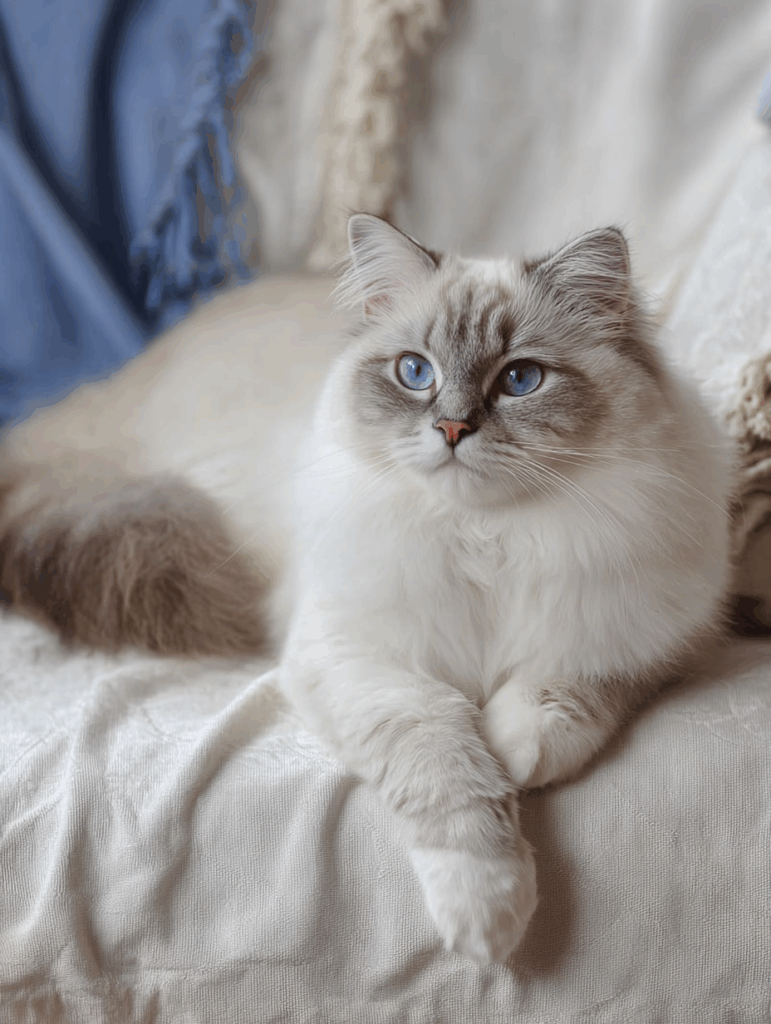
All colorpoint kittens, including Lynx Ragdolls, are born completely white. Inside the womb, the warmth prevents pigment from forming. Once born, as the extremities cool, color begins to appear first on the ears, nose, and tail.
Between six and twelve weeks, you’ll start to see faint silver-gray lines developing on the face and legs. These stripes continue to darken with age, and most Blue Lynx Ragdolls reach full color maturity between two and three years old.
Because color development depends on body temperature, cooler environments tend to bring out richer contrast, while warmer homes produce paler cats.
If you’d like to see how other Ragdoll colors compare as they age, visit our Complete Guide to Ragdoll Colors and Patterns.
Appearance and Key Traits
The Blue Lynx Ragdoll has a signature look that balances refinement and softness. Here are the identifying features breeders and judges look for:
- Body Color: Frosty white to silvery blue
- Points: Soft gray tabby stripes on the face, legs, and tail
- Eyes: Always blue, typically medium to deep sapphire
- Nose Leather: Slate-gray or lavender-gray
- Paw Pads: Pinkish lavender
- Coat Texture: Medium-long, dense, and silky with minimal matting
- Distinctive Marking: The “M” tabby shape on the forehead and light eyeliner rings around the eyes
In sunlight, the coat seems to glow, and the light-colored ruff around the neck gives the Blue Lynx a regal, snowy appearance.
Blue Lynx vs. Seal Lynx Ragdoll
At first glance, Blue and Seal Lynx Ragdolls can look similar, but their base colors tell them apart. The Seal Lynx carries a deep brown undertone, while the Blue Lynx expresses a cooler silver tone thanks to the dilution gene.
| Feature | Blue Lynx Ragdoll | Seal Lynx Ragdoll |
|---|---|---|
| Base Color | Silver-gray | Chocolate-brown |
| Nose & Pads | Slate or lavender-pink | Deep brown or pink-brown |
| Overall Tone | Cool and silvery | Warm and rich |
| Eye Color | Bright blue | Deep sapphire |
| Common Use in Breeding | Dilute lines | Traditional lines |
Reader Question: Blue Lynx vs. Blue Bicolor Ragdoll
Many new Ragdoll owners find it tricky to distinguish between a Blue Lynx and a Blue Bicolor. One reader asked:
“Can anyone help me understand the difference between a Blue Lynx and a Blue Bicolor? Do they look different when they are adult cats? I’m in the market for a Ragdoll and trying to decide between the two, I just can’t decide because they look the same!”
Here’s what breeders and long-time owners explained:
- Color refers to the pigment (in this case, blue).
- Pattern describes how that color appears — point, mitted, or bicolor.
- Lynx adds the striped tabby pattern on top of the base color.
So:
- A Blue Bicolor has soft blue-gray points with a white inverted “V” on the face and a white underside.
- A Blue Lynx has blue-gray points with tabby stripes and no perfect V-shaped mask.
- A Blue Lynx Bicolor combines both — striped points and the white facial V.
They can look similar as kittens, but adults are quite distinct:
- The Blue Bicolor has clear white paws, a full white chest, and a bright V-shaped mask.
- The Blue Lynx has visible striping on the face, tail, and legs, with no defined white “V.”
As one owner put it:
“All Ragdoll kittens are born white, so they can look similar when young. But they don’t look alike as adults at all. A lynx will always have tabby striping, and a bicolor will have the classic upside-down white V.”
If you’re choosing between the two, it’s simply a matter of preference: do you prefer clean white markings or subtle striping? Both are equally striking.
Reader Discussion: Choosing Between Blue Lynx Mitted and Seal Lynx MittedA new Ragdoll buyer recently shared their dilemma:
“I’m choosing between a Blue Lynx Mitted and a Seal Lynx Mitted kitten, and I have to decide by tomorrow. It’s taken me over a year to find a breeder I trust, and I finally have first pick from her litters, including a litter with Lynx pattern. She keeps mentioning how special and hard to find they are, which makes me nervous about choosing wrong.”
They continued:
“If I skip the Lynx, I’ll probably go with a Blue Mitted. I’m a first-time Ragdoll owner and planning to bring home two kittens: one Seal Bicolor boy and one from the Blue litter. I love the idea of having two that look completely different, but I’m uncertain about how Lynx Ragdolls mature. Some adult photos show a silvery, striped coat that almost looks tabby, and I’m not sure if that’s the look I want.”
It’s a common dilemma for buyers comparing Blue Lynx Mitted vs. Blue Mitted. Here’s what to know before deciding:
| Feature | Blue Lynx Mitted | Blue Mitted |
|---|---|---|
| Markings | Blue-gray tabby striping on points | Solid blue-gray points |
| Paws | White “mittens” | White “mittens” |
| Face | Subtle stripes, no V mask | Even blue-gray mask |
| Overall Look | Frosted, patterned | Smooth, uniform |
| Adult Coat | Slightly lighter and textured | Sleek and solid |
Both are beautiful and purebred, but the Blue Lynx Mitted often appears “frostier” or more textured as an adult due to the faint tabby banding. The Blue Mitted remains smooth and uniform, with a cleaner appearance.
In the same discussion, the buyer later added:
“The breeder didn’t think the Lynx kittens were the right fit since I had to make a Reddit post trying to decide, so she decided to hold them back for breeding. If she changes her mind, I may still get one. If not, I’ll go with the Blue Mitted — they’re from beautiful lines and closer in age to my Seal Bicolor male.”
Both choices are excellent for first-time Ragdoll owners. The best decision often comes down to which pattern makes your heart happy when you picture your future cats together.
The Genetics Behind Blue Lynx Ragdolls
The beauty of the Blue Lynx comes from three specific genetic components:
- Dilute Gene (d/d) – Turns black pigment into gray (blue).
- Colorpoint Gene (cs/cs) – Restricts pigment to the cooler body areas.
- Agouti Gene (A/A or A/a) – Produces tabby banding and striping.
Because colorpoint is recessive, a kitten must inherit it from both parents to express the pattern. The same is true for dilution — which is why not every Ragdoll litter includes Blue Lynx kittens. This is part of what makes them so coveted.
Some breeders also note that the Blue Lynx gene combination tends to produce more luminous coats and softer color transitions than solid Blue Points. For this reason, many prefer to include Lynx lines strategically in breeding programs to maintain brightness and contrast.
If you’re curious which genes your kitten carries, a feline DNA test (such as those offered by UC Davis or Optimal Selection) can confirm color, pattern, and dilution status.
Personality and Temperament
Despite their unique coloring, Blue Lynx Ragdolls share the same calm, affectionate temperament as all Ragdolls. They are loyal, loving, and enjoy quiet companionship. Most thrive as indoor cats who stay close to their people.
Owners describe them as:
- Gentle, adaptable, and great with kids
- Curious but not hyperactive
- Extremely affectionate, often sleeping near or on their owners
- Patient with handling and grooming
Because of their mild personalities, they make ideal pets for families or professionals who spend a lot of time at home.
Care and Grooming
The Blue Lynx coat is long and full, yet it resists matting. Weekly combing and regular nail trimming are usually enough.
Grooming Tips:
- Use a stainless-steel comb to prevent tangles.
- Brush gently under the arms and around the collar where mats can form.
- Wipe the coat with a damp microfiber cloth to restore shine.
- Avoid overbathing — the coat’s natural oils give it that signature silkiness.
Are Ragdoll Cats Hypoallergenic? Find out here.
Health and Lifespan
Blue Lynx Ragdolls typically live 13–18 years and are known for their robust health when responsibly bred.
Health screenings to look for include:
- HCM (Hypertrophic Cardiomyopathy)
- PKD (Polycystic Kidney Disease)
- Retinal Atrophy (PRA)
Always verify that both parents were health-tested before purchase. Responsible breeders will share test results and certification numbers.
Blue Lynx Ragdoll Kittens
Blue Lynx kittens are born white and slowly reveal their frosted stripes over several weeks. Because the pattern requires specific gene combinations, they are rarer than standard blues or seals, and usually priced accordingly.
Average Price Range: $4,000–$4,800 depending on pedigree, pattern, and breeder.
When choosing a kitten, remember that colors continue to evolve for up to three years. What starts as a faint gray kitten may grow into a striking adult with cool, silver striping and deep sapphire eyes.
You can check for availability or join our waitlist on the Ragdoll Kittens for Sale page.
Is the Blue Lynx Right for You?
The Blue Lynx Ragdoll is ideal for people who appreciate a soft, cool-toned look and a gentle, peaceful temperament. Their unique frosted coat gives them a luxurious appearance, and their easygoing nature makes them one of the most rewarding Ragdoll varieties to live with.
If you prefer a patterned, shimmering coat — choose the Blue Lynx.
If you prefer a smooth, solid face — the Blue Mitted or Blue Bicolor may be a better fit.
Either way, you’re bringing home a cat with warmth, grace, and the famously loving Ragdoll personality.
Final Thoughts
The Blue Lynx Ragdoll cat combines science, beauty, and soul. With its silvery stripes, deep blue eyes, and patient personality, it embodies the calm confidence that makes this breed special. Whether you choose a Lynx, Mitted, or Bicolor, you’ll find that every Ragdoll carries the same heart — gentle, loyal, and devoted to their people.
If you’re ready to welcome one home, explore our Ragdoll Kittens for Sale or apply through our Kitten Application.
Related Reading (for Seal, Blue, Mitted or Lilac Lynx posts)
Want to learn more about how the Lynx pattern develops? Read our Ragdoll Lynx (Tabby) Pattern Guide for a complete breakdown of markings, genetics, and how the pattern appears across different colors.
If you’d like to understand the science behind these stripes, visit our Tabby Cat Genetics Guide, which explains how the agouti and pattern genes create every type of tabby coat — from classic to mackerel. For Tabby Ragdolls read this post.
You can also explore other Lynx color varieties such as:
- Blue Lynx Point Ragdoll
- Seal Lynx Mitted Ragdoll
- Seal Point Lynx Ragdoll
- Lilac Lynx Point Ragdoll
- Blue Mitted Ragdoll Cat

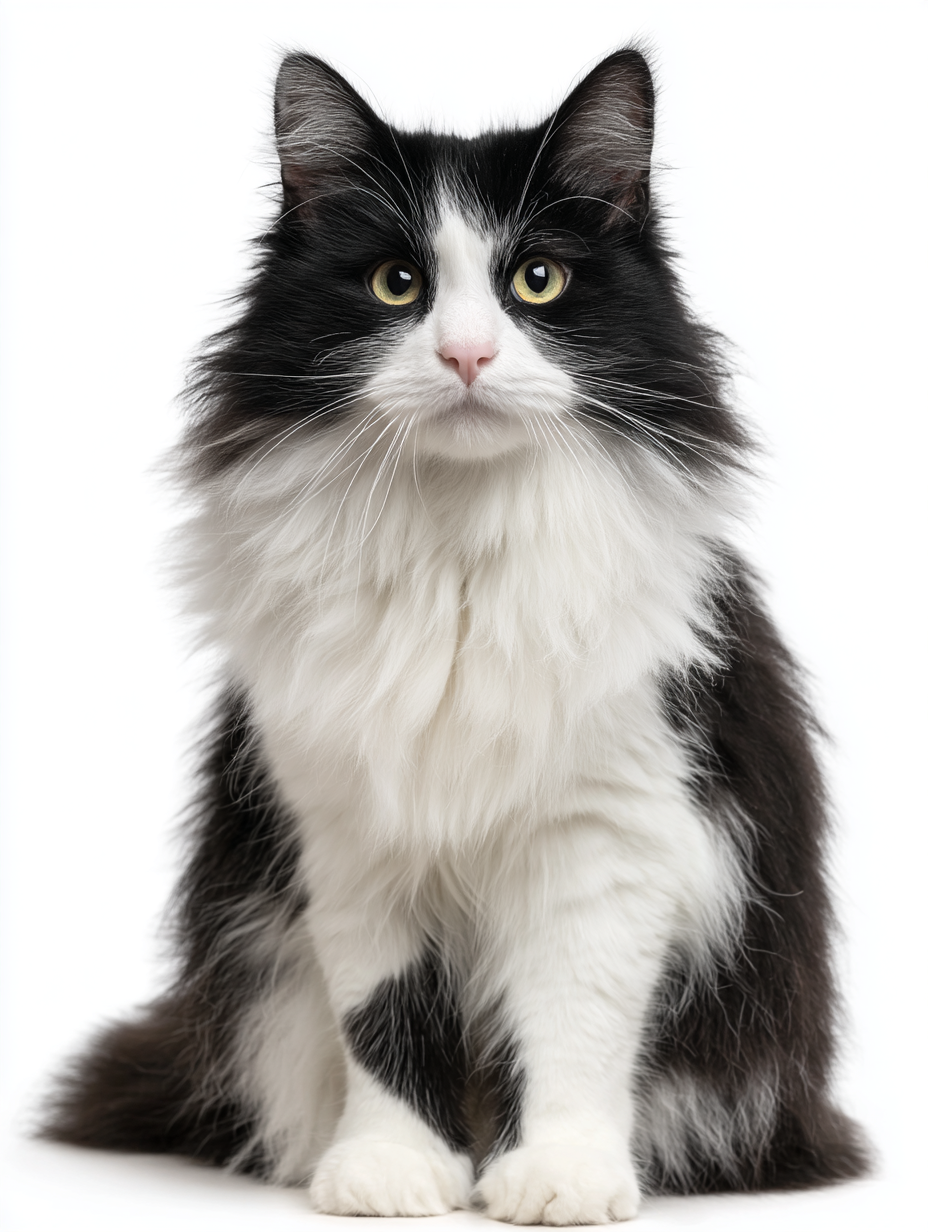
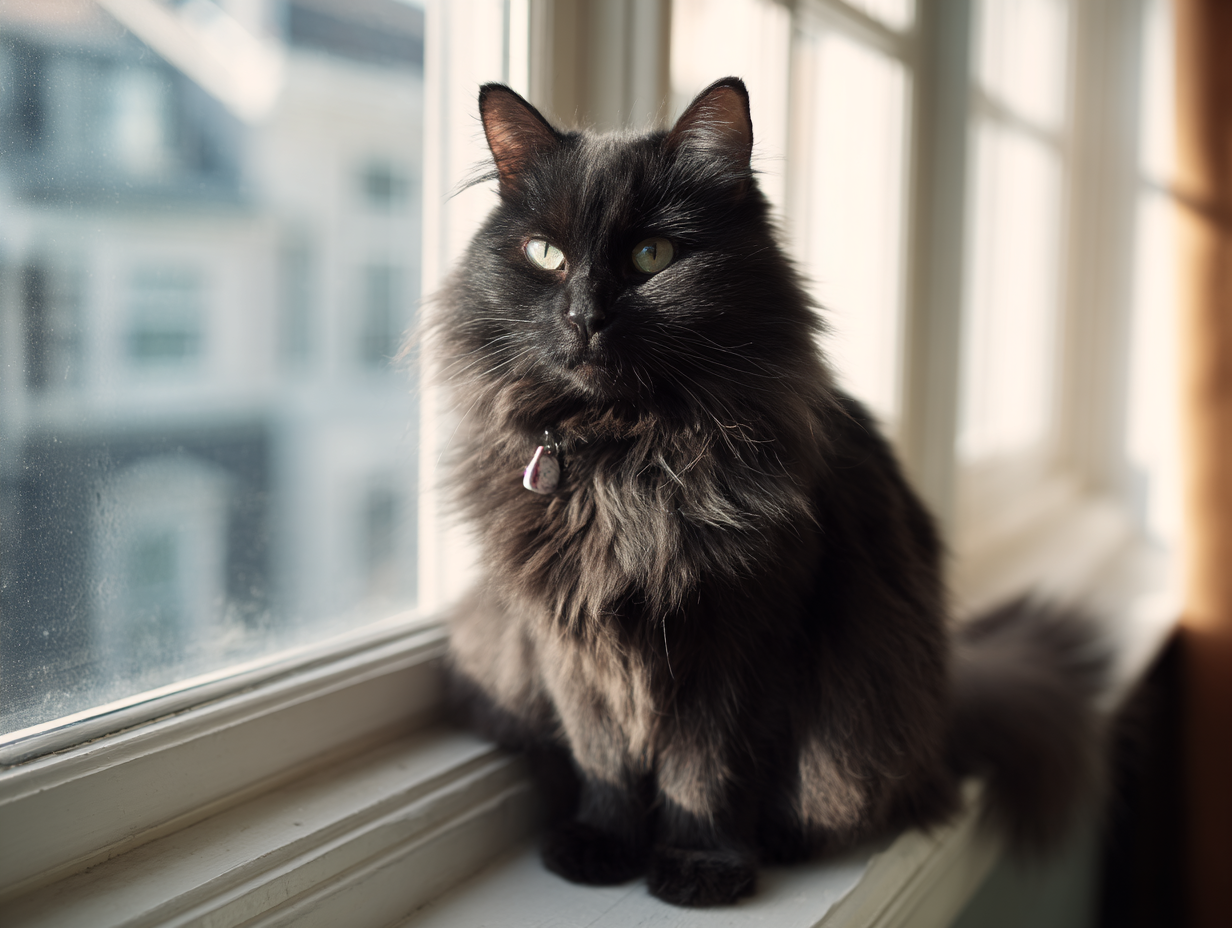
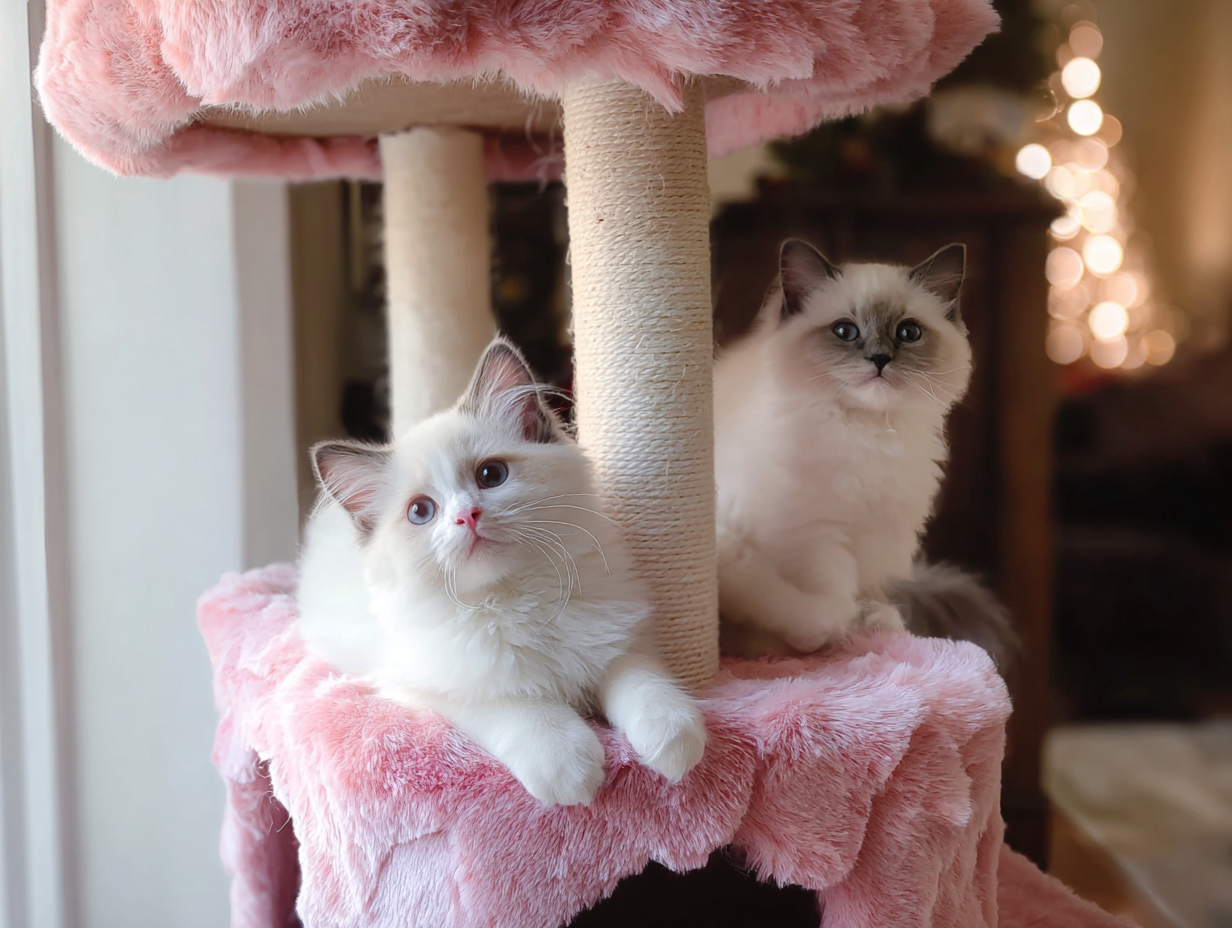
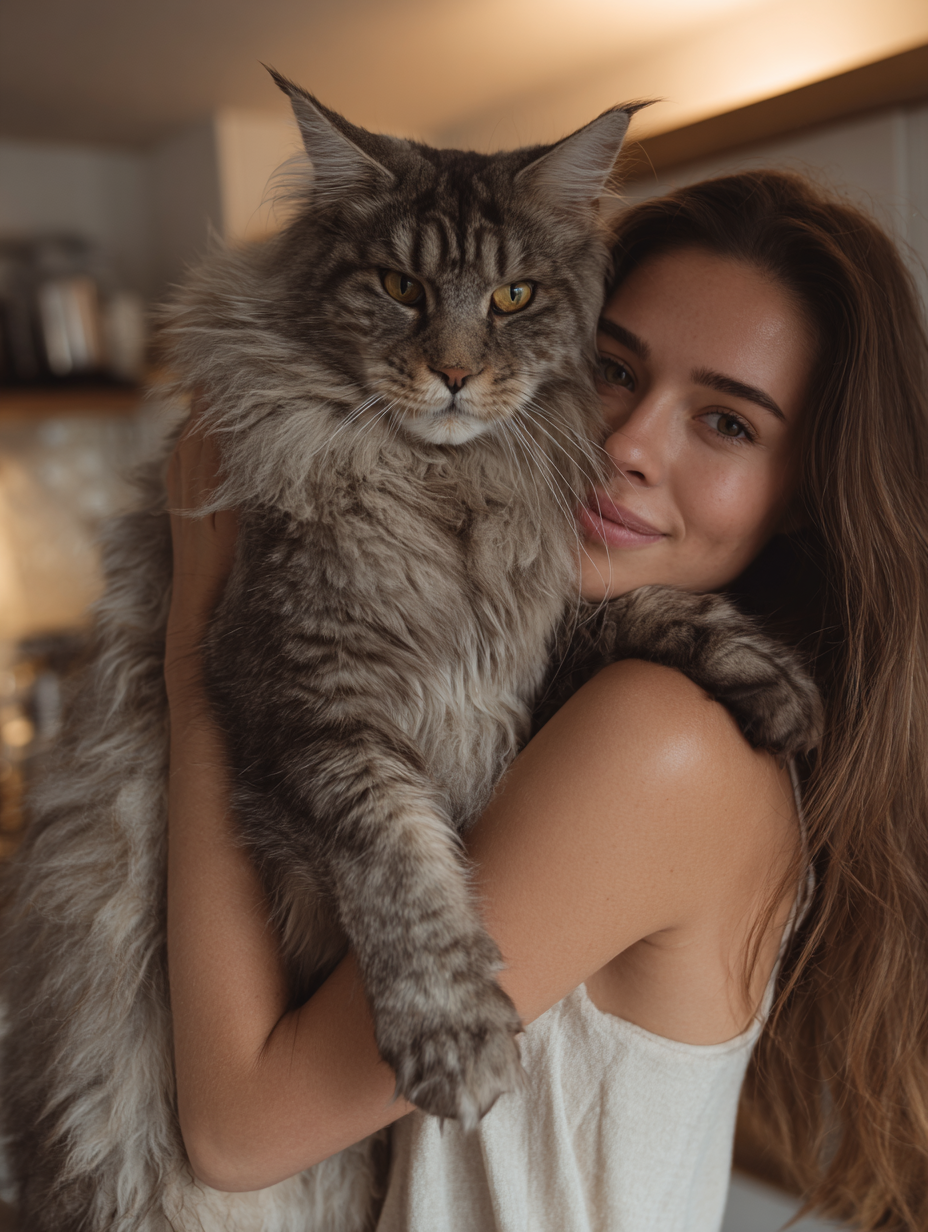

Read the Comments +